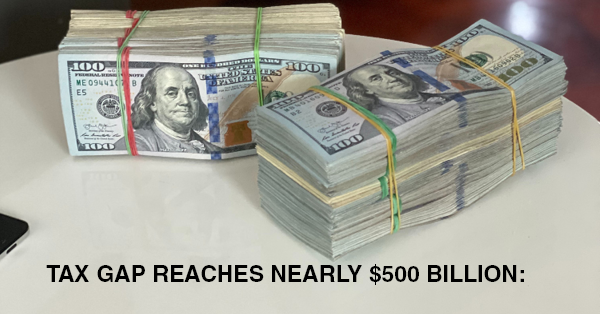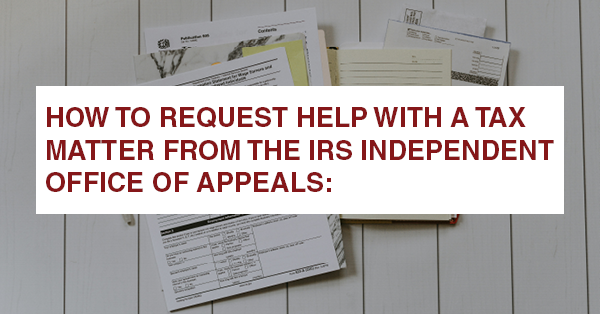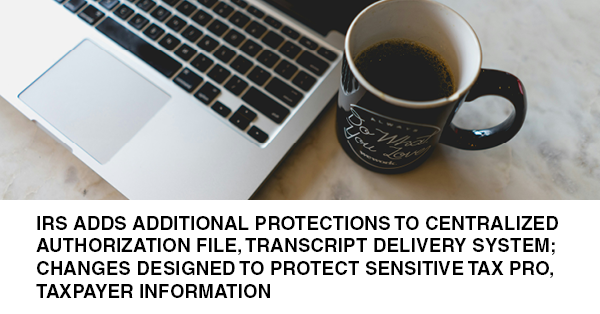TAX GAP REACHES NEARLY $500 BILLION:

The Internal Revenue Service is estimating the tax gap on tax years 2014-2016 to be $496 billion, an increase of more than $58 billion from the prior estimate.
"The increase in the tax gap estimates reflects that the IRS needs to do more, both in improving taxpayer service as well as working to improve tax compliance," IRS Commissioner Charles Rettig said in a statement, adding that the recent funding in the Inflation Reduction Act "will help the IRS in many ways, increasing taxpayer education, significantly improving services to all taxpayers and focusing on high-income/high-wealth non-compliance in a fair and impartial manner supporting compliant taxpayers."
IRS published a report on the new estimate on October 28, 2022.
According to the report, the estimated net compliance rate is 87 percent, defined as tax paid voluntarily and timely plus enforced and other late payments divided by the total true tax. The voluntary compliance rate, which is the amount of tax paid voluntarily and timely divided by the total true tax is estimated to be 85.0 percent.
The tax gap includes three components, including:
- Nonfiling (tax not paid on time by those who do not file on time) - $39 billion;
- Underreporting (tax understated on timely filed returns) - $398 billion; and
- Underpayment (tax that was reported on time, but not paid on time) - $59 billion.
The IRS acknowledged that the estimates do not provide a complete picture of the tax gap because there is insufficient data on noncompliance in corporate income tax, income from passthrough entities, foreign or illegal activities, and digital assets.
“The IRS is actively working on new methods for estimating and projecting the tax gap to better reflect changes in taxpayer behavior as they emerge,” the report said.
Estimates from some IRS and Treasury officials have been much higher. Rettig said October 28 that the latest IRS findings “underscore the importance of ensuring fairness in our nation’s tax system,” which the agency remains committed to doing “while also working to better identify emerging compliance issues that contribute to the tax gap.”




